A lifetime ago, I was a cook at a deli/market called the Squash Blossom. Isaac Hayes and Alex Chilton were regular customers. Behind the scenes, the whole place bustled with the energy of would-be artists working their day jobs. But there was one person on the payroll who was neither a would-be nor a has-been, someone who had stood shoulder-to-shoulder onstage with both Hayes and Chilton, someone who brought dignity and a mischievous grin to his role as a dishwasher: Nokie Taylor.
 courtesy Ditto Taylor
courtesy Ditto Taylor
Nokie Taylor
Like most of us, he loved the soul-heavy oldies station that played as we worked, but few of us suspected how many of those hits Nokie had actually contributed to. Amused by my name, he’d walk in to work and say, “Hey! It’s the other Al Greene!” Later, that was shortened to, “Hey! It’s The Other!” Finally, that became, “Hey, T.O.!”
As 1989 drew to a close, I was slated to join Alex Chilton and a facsimile of The Box Tops, playing New Year’s Eve in Fort Wayne, Indiana. And who should appear in the horn section but Nokie on trumpet. Even then, I hardly guessed what a master of the instrument he was. It turned out his contributions to Chilton’s solo records were many and substantial, and he could often be seen in the local jazz scene. This guy was a player. Later I discovered that he had been a regular member of the Isaac Hayes Movement, playing on Black Moses, Shaft, Joy, Truck Turner, and Three Tough Guys, not to mention a slew of albums Hayes released with ABC after Stax was kaput.
 courtesy Ditto Taylor
courtesy Ditto Taylor
Nokie Taylor
This Christmas grew a little darker when I heard that Nokie had passed away on December 19th. It was not entirely unexpected — he’d resided in an assisted living facility for six years, under hospice care for the past two of those, and the isolation of quarantine had been hard on him. Above and beyond that, his close friend and colleague Herman Green had died in November.
Both had played pivotal roles in FreeWorld, those stalwart funksters of Beale Street for over three decades. When Nokie died, FreeWorld co-founder Richard Cushing wrote:
Where Herman became my musical father, Nokie became more like my cool musical uncle – no less influential, but in a more casual & roundabout fashion. Just a few years after that, Nokie & I were sharing an apartment together & he graciously agreed to be the horn section leader for our new, all original band “Mosaic”, and I can remember many late nights in a variety of CK Diners after our gigs, with Nokie intently listening to us dissect the show while he dispensed his own unique brand of wisdom & perceptions about both the music we were writing & performing and our personal & professional goals.
You see, we knew that Nokie had already been to the musical mountaintop, having played on MANY Top 10 R&B Hits that came out of Stax Records in the 60s & 70s (like Sam & Dave & Eddie Floyd, etc.) and had also toured with Isaac Hayes for many years – not to mention playing on Cybill Sheppard’s “Vanilla”, Big Star’s “Third”, and several Alex Chilton & Tav Falco – Panther Burns LPs – so his vast musical knowledge & experience were invaluable to a young, aspiring musician like myself. But Nokie was always quiet about his professional accomplishments, and was never one to boast or appear grandiose about whom all he’d played with, where all he’d been, & what all he’d done – even though his discography was broad & impressive.
He often played with FreeWorld throughout the years and was always a
showstopper with his circle breathing prowess on the cornet, his smooth vocal
style, and his frequently overt sexual innuendos insinuated into both his lyrics and his playing. (Too many stories to go into here, but trust me… Nokie was ONE BAAAD DUDE!!)
 Shawn M. Carter
Shawn M. Carter
Nokie Taylor receiving a Beale Street Note in 2012
Trying to further grasp the passing of this life that touched so many, I reached out to his son, Dwayne “Ditto” Taylor, now living in Arkansas.
Memphis Flyer: Was Nokie a native Memphian?
Ditto Taylor: He was born March 6, 1941, in Orange Mound. His dad, William Taylor Jr., was a professional singer. (My dad was William Isaac Taylor III). His father was affectionately known as “Billy” or “The Voice” … a baritone and a perfectionist. My mom said that he sounded like Billy Eckstine.
 courtesy Ditto Taylor
courtesy Ditto Taylor
William Taylor, Jr., father of Nokie Taylor
Nokie told me his dad would leave the house before him. And my dad had to find his own way to the gig, and find his way back. I don’t know if he was trying to get him away from the music business, you know, making him fend for himself.
Now Mickey Gregory was friends with my dad. And a week before Nokie’s father passed away, he told Mickey to look after his son. Because he was going away. Mickey said, “Where are you going?” And he just said, “Look after my son.” And a week later my grandfather passed away.
Mickey was the stage manager for Isaac Hayes, so Mickey got Nokie hooked up with Isaac.
How old was Nokie at the time?
My dad had to have been around 25. He met my mom in college in Arkansas, at what is now called the University of Arkansas at Pine Bluff.
He studied trumpet there?
Well, my dad was so good that he didn’t want to play in the band. He started his own band. He was too cool for the marching band. And that’s where he met my mom.
And then they settled in Memphis?
Yes, sir. They got divorced when I was five, and my mom and I moved to Arkansas. So I would go visit during the holidays or in summertime. He was traveling with Isaac all the time, doing his music. He sent me postcards from all over the world. Africa, Rome, and he even sent a picture from when they went to, at the time, Cassius Clay’s [Muhammad Ali’s] training camp.
I wasn’t an Isaac Hayes fan. I couldn’t understand his music. ‘Cause he was talking about love. I wanted to dance! My cousins in Memphis had to tell me, “Man, Isaac Hayes was the shit in the ’70s.” And then I found out that Maurice White wanted Nokie to join Earth, Wind & Fire, but Isaac was too hot back then.
Did he ever mention what his proudest moment as a player was?
Well, he mentioned that he and Miles Davis were good friends. I guess because of the trumpet. You know, Miles wasn’t an easy person to get along with. But my dad, being himself, they fell in love with each other. Maybe it was a trumpet-to-trumpet thing.
I could see how your dad could lighten Miles up a little. Nokie was so fun.
Right. Exactly. He loved to make people laugh and smile. He wanted everybody around him to have a good time. To enjoy themselves, enjoy life. It’s like, when he walked into a room, even though he spoke real cool, like a pimp, he could captivate an audience. Especially the women!
When I reflect on all the people that he touched, if he had stayed with my mom, he might have moved to Arkansas and never would have been who he became, affecting all the lives he impacted. It shocked me when Kirk Whalum called me and said, “Your dad really inspired me.” Nokie had to do his musical career. I was fortunate enough to be raised by four women who did an excellent job with me. But the times that my dad and I did share were … Ooooo weee!
How recently was he still actively playing?
The last time I saw him perform was maybe 2006, 2007. Down there on Beale Street. And he did that circular breathing, that little trick where he’d blow his trumpet for, like, three minutes straight. Which is normally not humanly possible. But after 45 seconds, I started clapping. I had never seen him do that before. I’m like, “Wow!” And everyone else was, too. He played that note for a long time, so they were calling him “One Note Nokie.”
One interesting thing: I was home on leave from the military and I drove up to Memphis, and he didn’t know I was coming. But I knew he was playing down on Beale Street. So me and my cousin and one of my good friends snuck in, and the singer saw me and she knew exactly who I was. She said, “We’ve got a very special guest tonight. Dwayne, would you please stand?” And Nokie wasn’t paying attention. He was over there playing with his trumpet keys, licking his lips, getting ready to start the set. But when I stood up and they threw the spotlight on me, the singer said, “Nokie, play for your baby.” Nokie turned around and it was the first time I ever saw tears come to his eyes.
Due to the COVID-19 pandemic, Nokie Taylor’s family will not host a memorial service for him at this time.
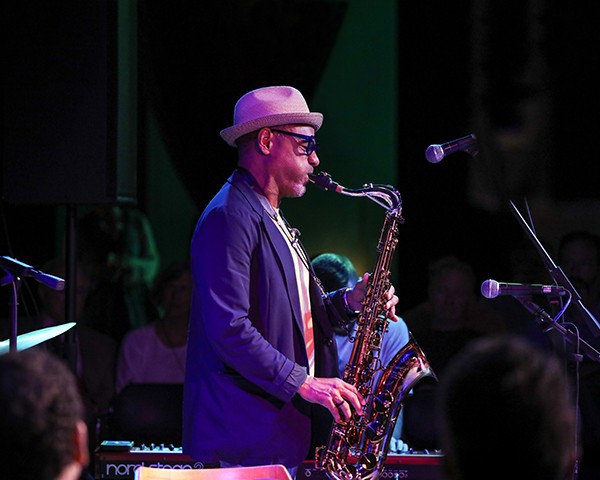 Jamie Harmon
Jamie Harmon 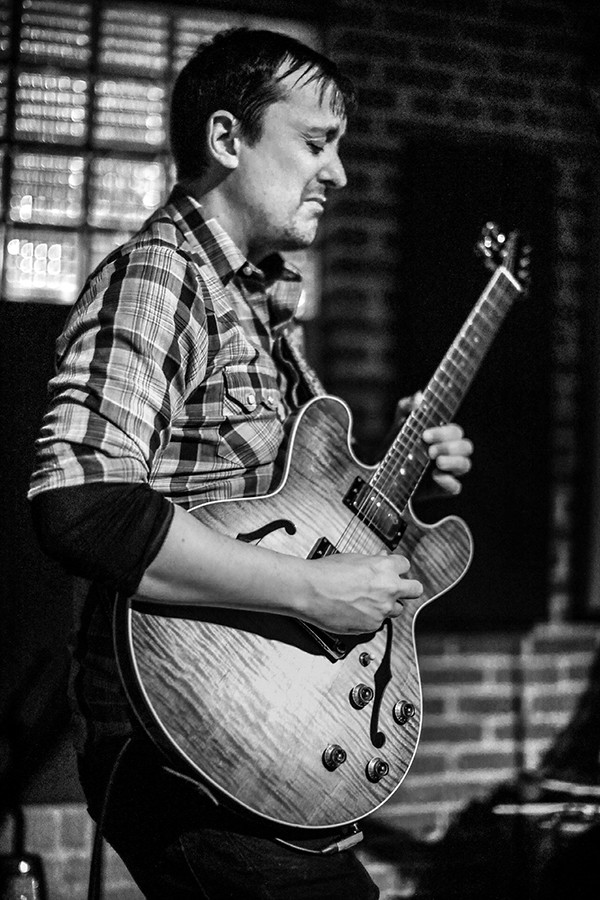 Jamie Harmon
Jamie Harmon 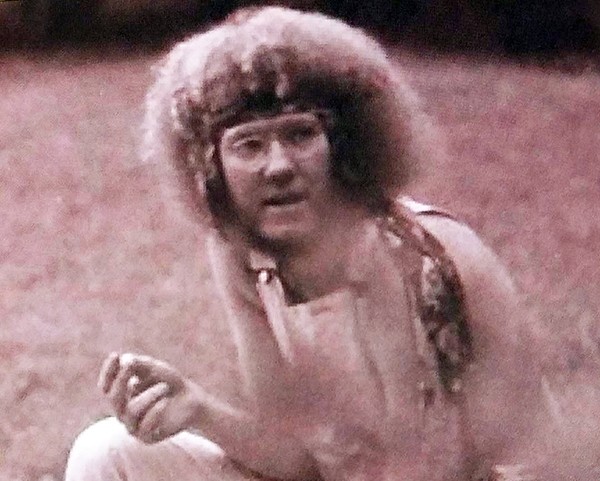 Courtesy Ed Finney
Courtesy Ed Finney 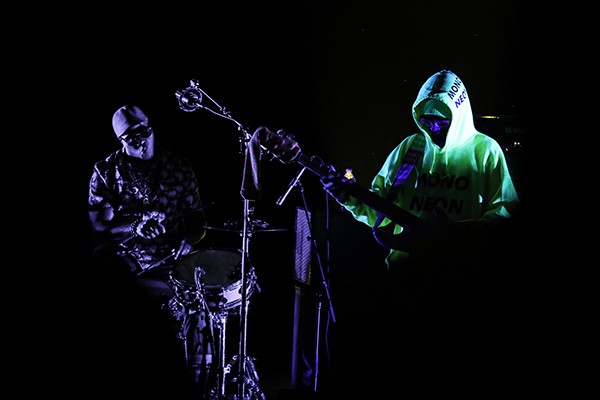 Jamie Harmon
Jamie Harmon 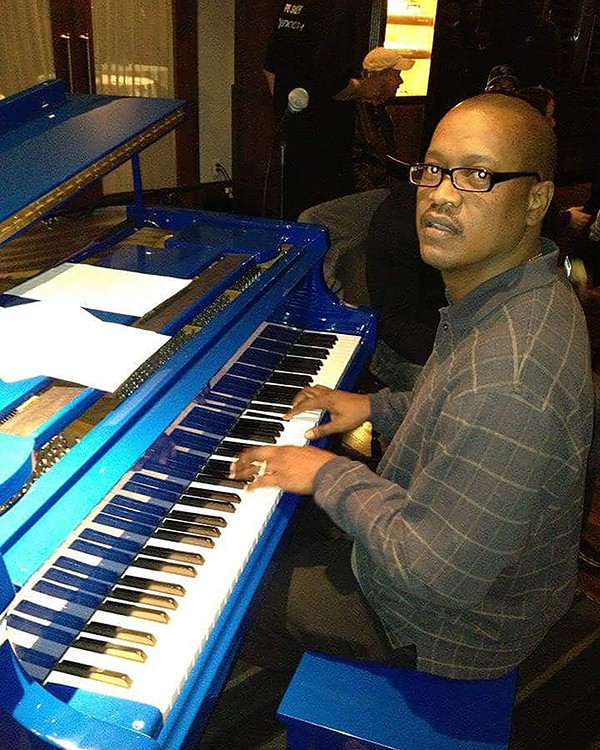 Courtesy Stephen Lee
Courtesy Stephen Lee 